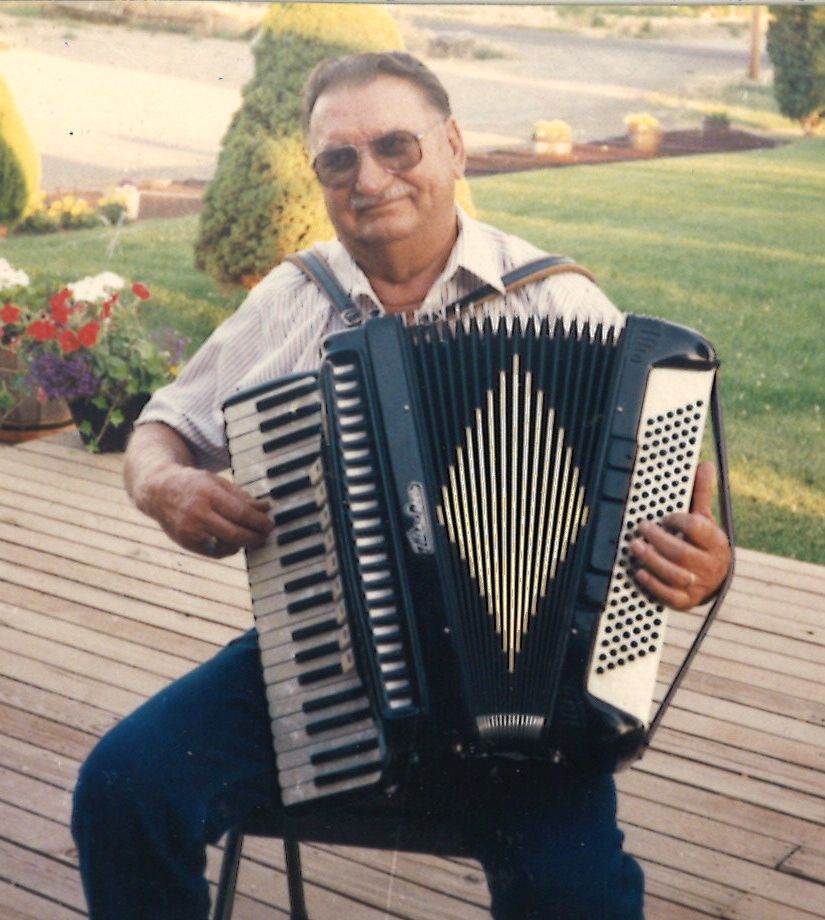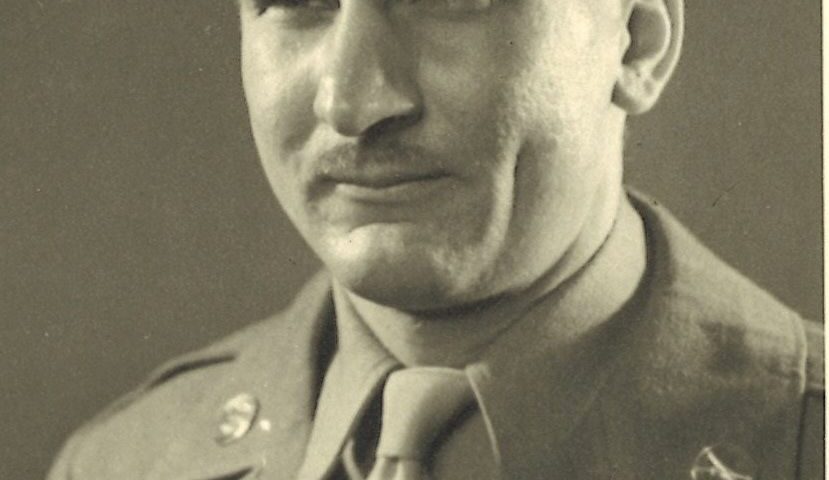
September 28, 1944 – War hero Audie Murphy writes about the worsening conditions
September 28, 2024
September 30, 1944 – Dad and his front-line men now sensed things were going to get increasingly worse
September 30, 2024September 29, 1944 – Scarves, washed clothes, and an powerful answer to prayer in Remiremont, France
One of Dad’s men, Sgt. Norman Mohar, wrote the story below in his WWII memoire, which I first located while researching my book at the U.S. Army Heritage and Education Center (AHEC) in Carlisle, PA, in October 2016.

We took refuge near a quite large factory building which was unscathed from the war. The factory manufactured a linen type or sateen cloth. It was white and shiny and silken smooth. There were bolts and bolts of the stuff on the looms.
I haven’t got the foggiest idea why they were making such finery in time of war. I couldn’t think an earthly use for it except for fancy tablecloths or dresses for weddings. The sateen bolts were there to sample we readily thought. So, with our trusty knives we cut off pieces to make a handsome scarf.
Each of us after we cleaned up by shaving and a “whore’s bath” would drape a piece of this cloth around our necks under the collar giving a regal appearance.
We couldn’t have looted or have destroyed much but the owner put up some sort of squawk like the chicken shit farmer did, and we were given holy hell for vandalizing. We had already liberated enough to satisfy our new dress code, and it wasn’t necessary to be scolded.

Sgt. Norman Mohar
While we were there, a few urchins came around begging for candy and food. The kids would promise that their mothers would wash our clothes for some sort of donation – chocolate or soap – always soap, it was in the highest demand.
In my happiness to have this chance to lollygag around, I was whistling and singing off and on. Sometimes I would imitate a trombone or trumpet to amuse myself.
There was a little twelve-year-old girl who was at my elbow nearly throughout kinda fascinated by the sounds I made. She begged me to let her mother wash my clothes. I did take her up on that. The clean clothes and the new scarf went over ‘big’ with me, and all the others who did the same.
When she brought my clothes back all neat and tidy and folded, I gave her some of our left over rations. Money wasn’t as good as a chocolate or bar of soap. For us though, no one had bars of soap except that remnant in a soap case we had in our packs for shaving and whore’s baths. The chocolate bar from a K ration was better than all the French francs in town.
As a souvenir for me, the little girl gave me a postcard photo of herself as she was receiving first communion. It was a strikingly beautiful picture of an angelic little girl kneeling. She was dressed in the usual shawl of lace and veil at a kneeler.
She also indicated that she would pray for me to not be killed. On the back of her photo, she signed her name and address.
SOUVENIR d’une petite Francaise, CHRISTIANE GOLBAIN, St. Etienne les Vosges
I sent that picture home to be in among my souvenirs.
When I decided to write my memoirs, I was going through my souvenirs and found her picture in an album. I decided to write to the Mayor of Remiremont to see if the little girl could be located and to see if she would remember. Lo and behold, the mayor happened to be a relative of Christiane and passed on the message.
I sent a copy of a picture of myself with the scarf and a copy of the little girl’s picture. I was happy to receive a letter from her. She is now a widow with grown children. We exchange letters and Christmas cards. Her name now is Christiane Gaidot. She lives close to NANCY France. She recalls that I had nicknamed her little brother “ROOSEVELT.”
Now I ask, “Did her prayers for my safety work or not?”[1]
~~~~~
Why would I call Christiane’s prayer for Sgt. Mohar, powerful?
At the point the two met, Sgt. Mohar, who landed with the 30th Infantry Regiment in French Morocco in 1942, had survived 692 days (99 months) of fighting and had participated in five amphibious landings (D-Days), in Morocco, Sicily, Salerno (Italy), Anzio (Italy), and southern France.
The 3rd Infantry Division in which he and my father fought had, according to one source, “… One of the most successful combat records of any U.S. Army division. It has paid a high price for this distinction, suffering nearly 35,000 wartime casualties.”[2]
In answering the question, “Which US infantry divisions in WW2 had the highest casualty rates?” Quora noted, “The 3rd Infantry Division took the cake with the highest casualty rate, suffering a whopping 26,000+ casualties. It does need to be said that the 3ID had served in every European Front in World War 2 after American intervention.”
Of Dad and Mohar’s 30th Infantry Regiment, I reported, “The 30th Infantry … covered an estimated 700 miles from March into the end of April [1945] and capturing more than 25,000 German prisoners. Phil learned that only thirty-two officers and 498 enlisted men of his original regiment of over 3,000 men who landed at Fedala, French Morocco, on November 8, 1942, were still active members of
the 30th Infantry Regiment.”[2]
A powerfully answered prayer, indeed.

~~~~~
[1] Sgt. Norman Mohar’s WWII Story. In: Chapter 8.
[2] Larimore, At First Light, 269.
In case you haven’t read or listened to Dad’s book, you can learn more or order it here.
© Copyright WLL, INC. 2024.





